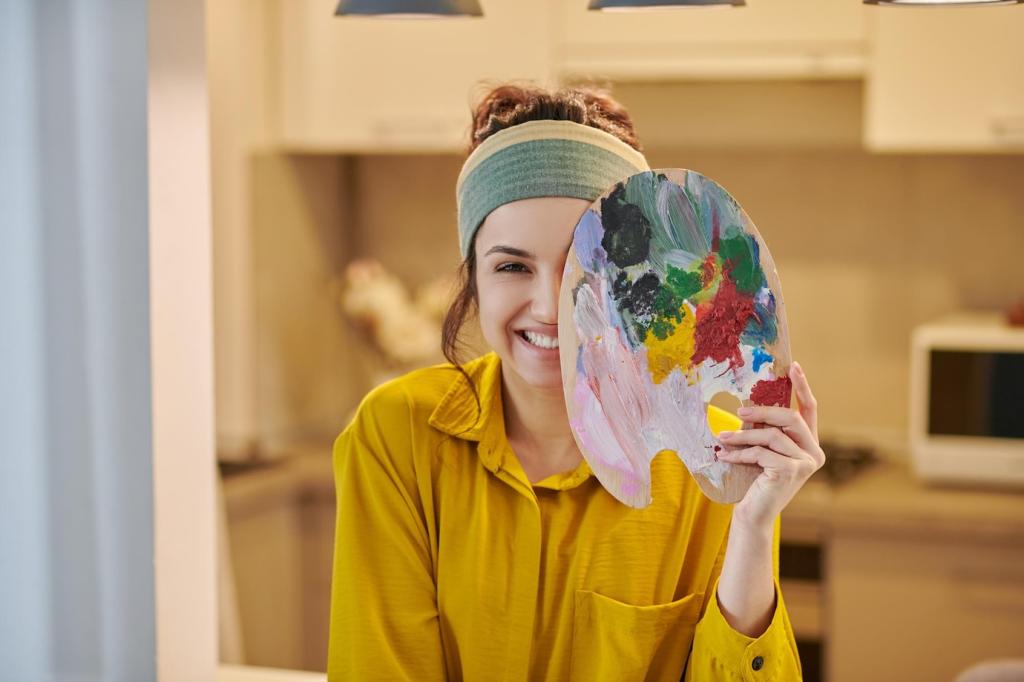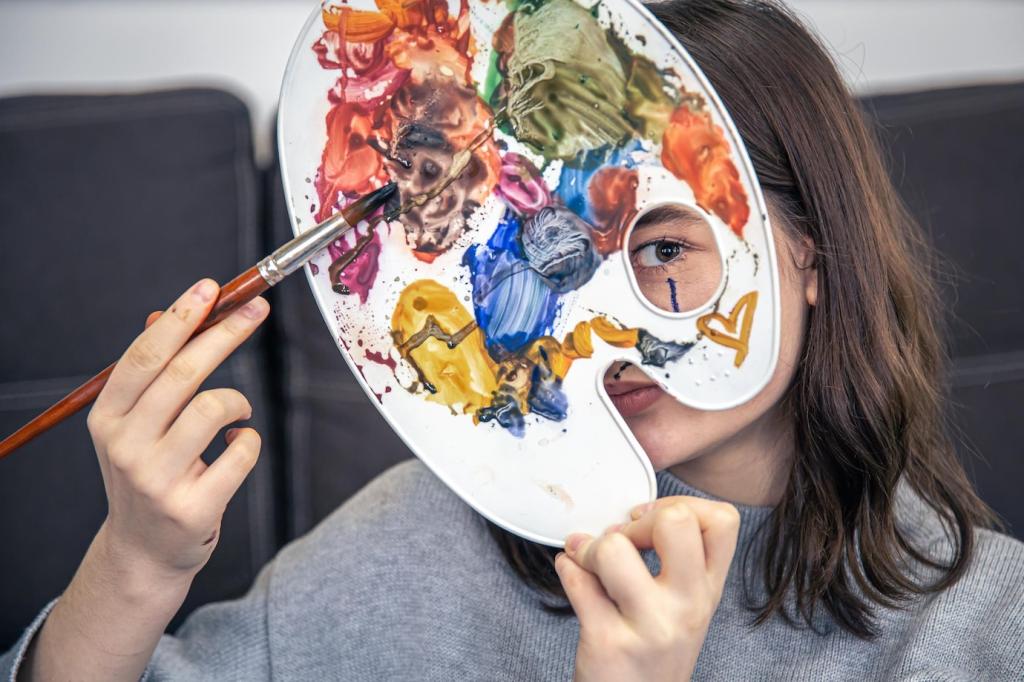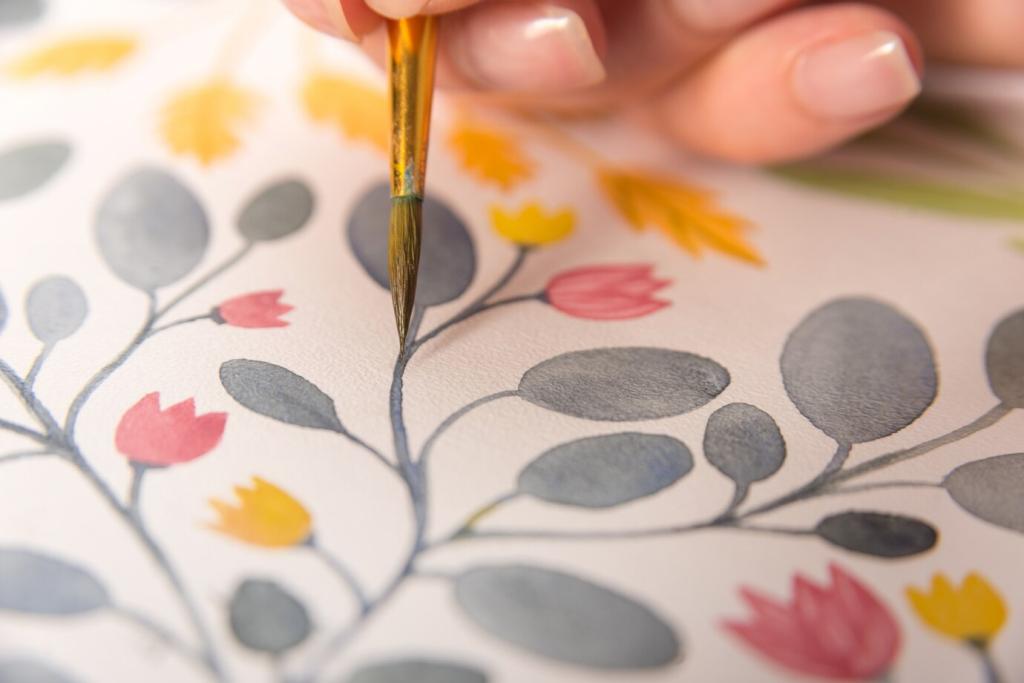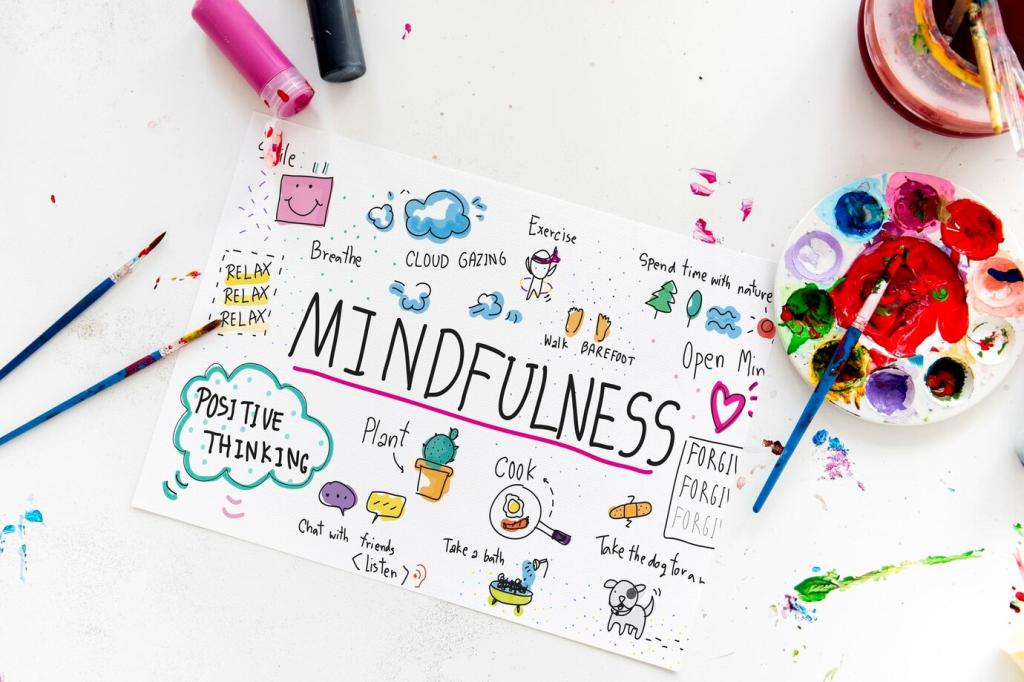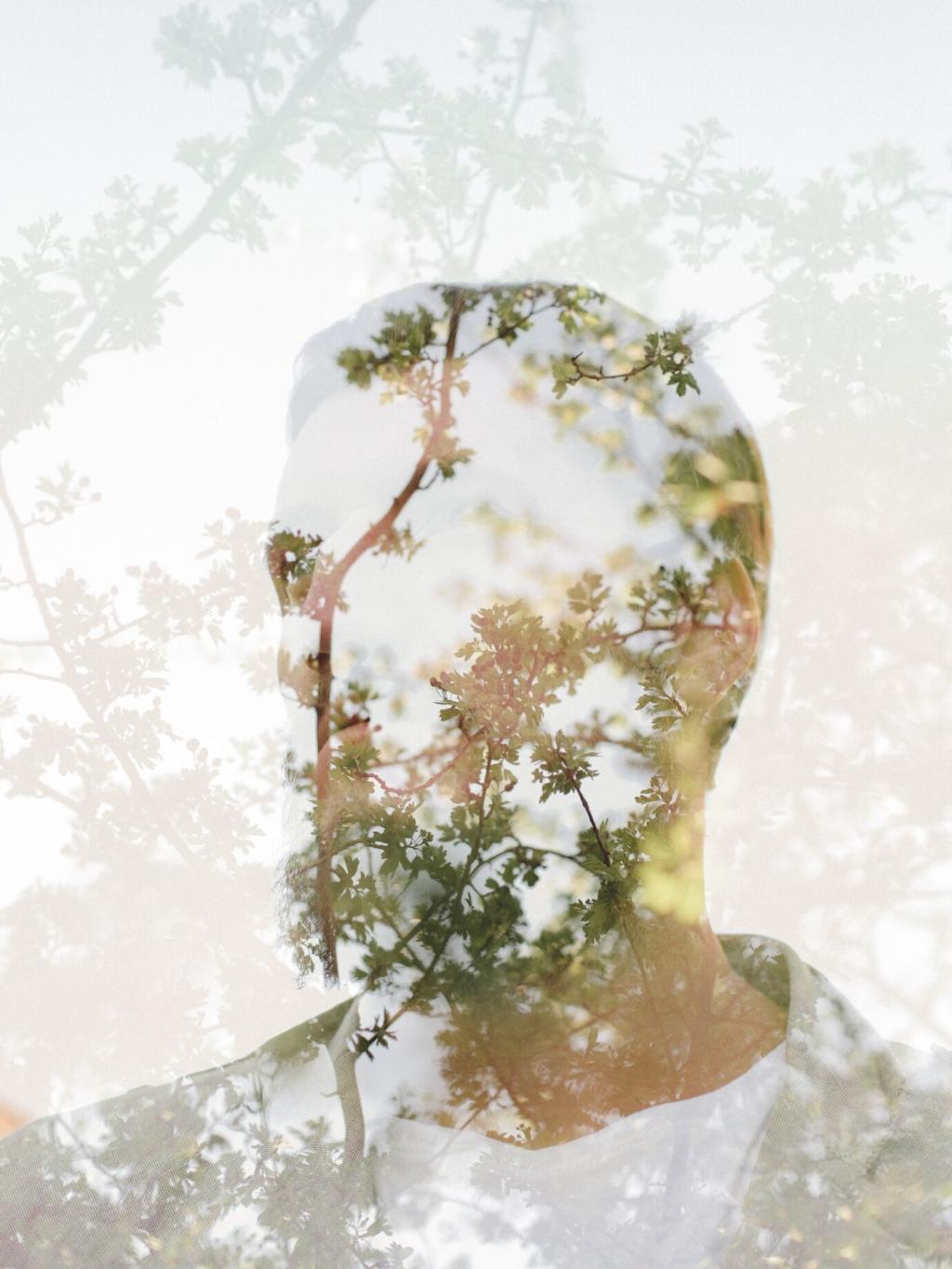Color, Mood, and Emotional Regulation
Warm oranges and pinks can energize morning meditations; cool blues and greens can soothe evenings. Notice which palettes regulate you today, and adjust breathing tempo to harmonize color, mood, and mindful intention.
Color, Mood, and Emotional Regulation
Broken color dots appear fragmented up close, yet unify at a distance. Similarly, scattered sensations integrate through awareness. Resist over-blending; let experience sparkle, trusting presence to weave coherence without forcing outcomes.

